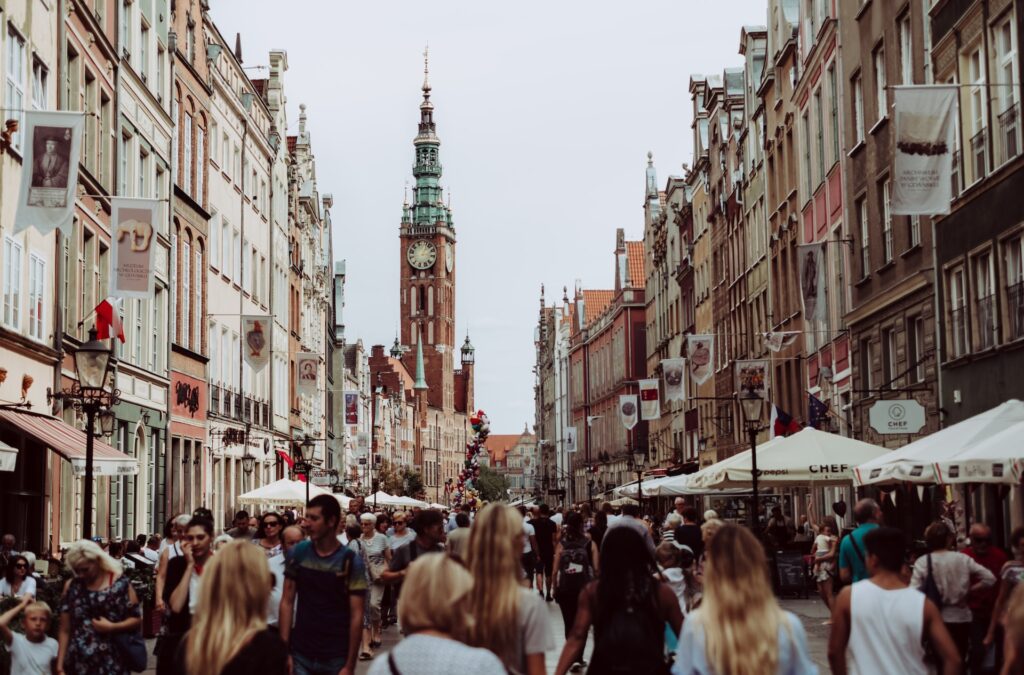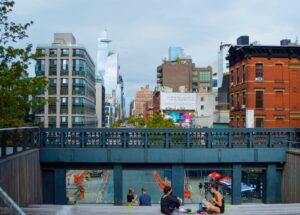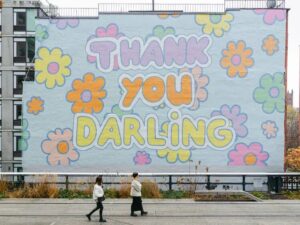Public spaces are all places publicly owned or of public use, accessible and enjoyable by all for free and without a profit motive”
(The Charter of Public Space, UN-HABITAT, 2013)
Over the last 25 years, cities globally have grown in size by an area equal to that of Ireland (Melchiorri et al., 2019). 59% of cities have also seen an increase in land consumed per new resident. As recognised by the SDG target 11.3.1, the efficiency of land use is key to enhancing inclusive and sustainable urbanisation. Urban sprawl and the inefficient use of land remains a problem, with varying impacts in different contexts.
Thus, there is a growing need to optimise the use of available space. In new neighbourhoods, many sustainable development principles can be applied directly when planning the area; however, this is much more challenging in historic and consolidated areas. Within urban contexts, public space has a key role in making cities liveable. Public space is hard to define and has vastly different features and elements depending on the geographical and cultural contexts. In several, especially Nordic countries, the freedom to roam is a basic right although restrictions vary according to country. Public space is anywhere accessible to gather people together on a public basis. This includes public squares, market places, monuments, parks, public beaches, riversides as well as pavements and streets (UN-HABITAT, 2013).
Public space makes room for play, social interaction, creativity, economic activities and entertainment, the very things a city thrives on.
Read the full report here.
Recommended by Luisa Bravo











More Stories
Security by Design: Protection of public spaces from terrorist attacks
Plaza de la Vila in Sencelles by Moneo Brock
10 years of Global Public Space Programme – Annual Report 2022 and reflections on a Decade of Public Space